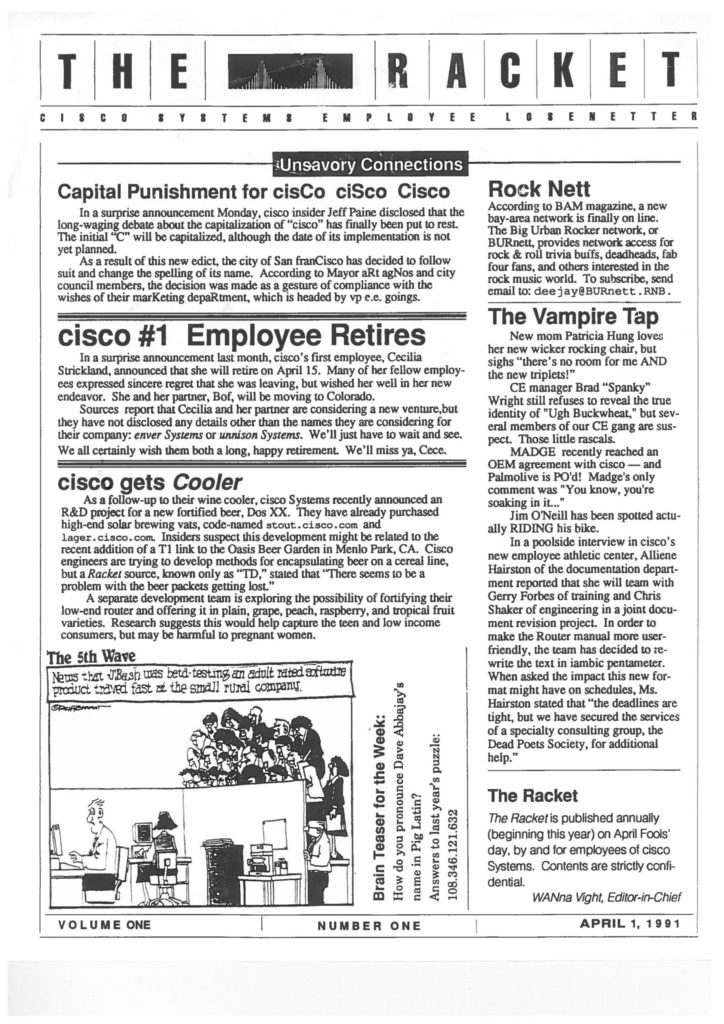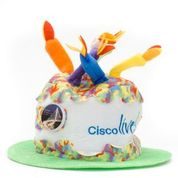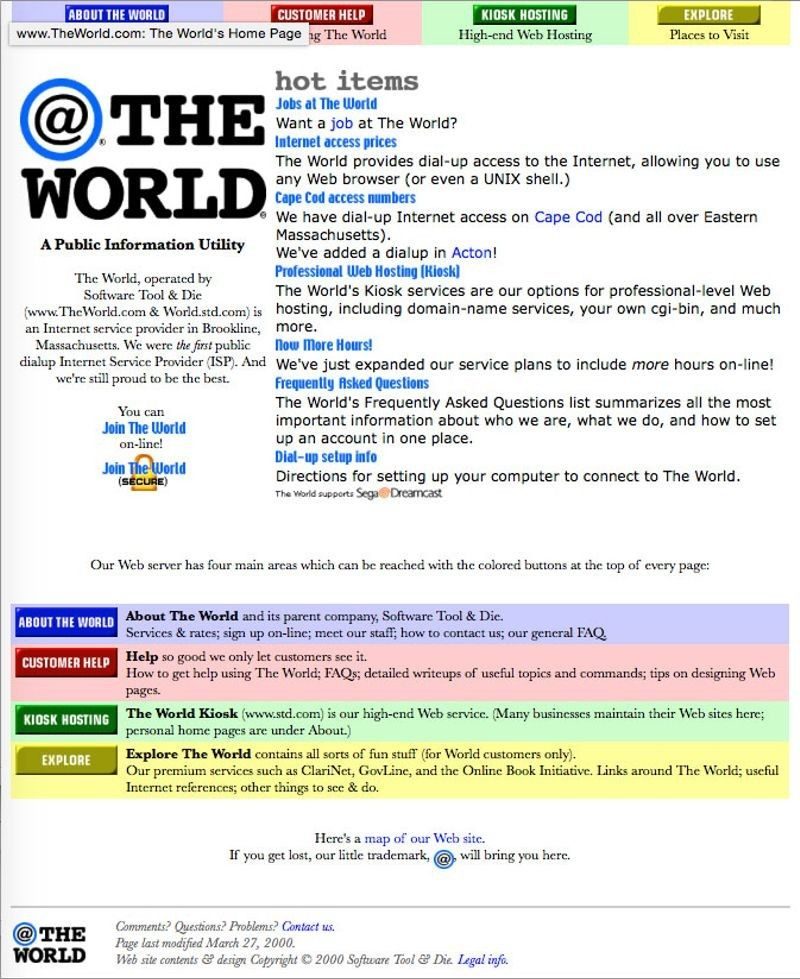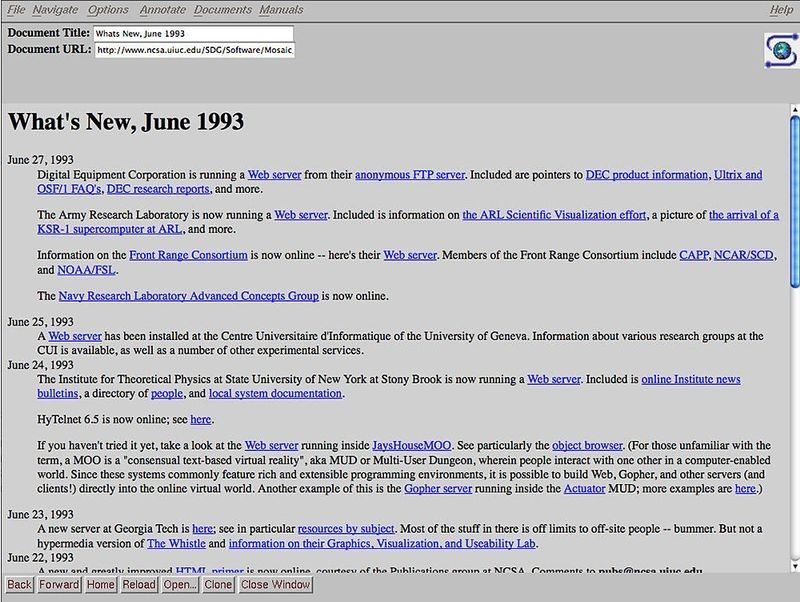Internet Event
WannaCry
2017
WannaCry, a ransomware worm, spread rapidly across a number of computer networks in May of 2017, initiating a wave of increasing global security breaches.
WannaCry, a ransomware worm, spread rapidly across a number of computer networks in May of 2017, initiating a wave of increasing global security breaches.







